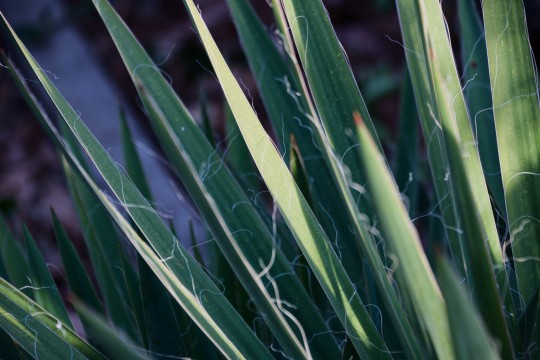#yucca filamentosa
Text


48 notes
·
View notes
Text

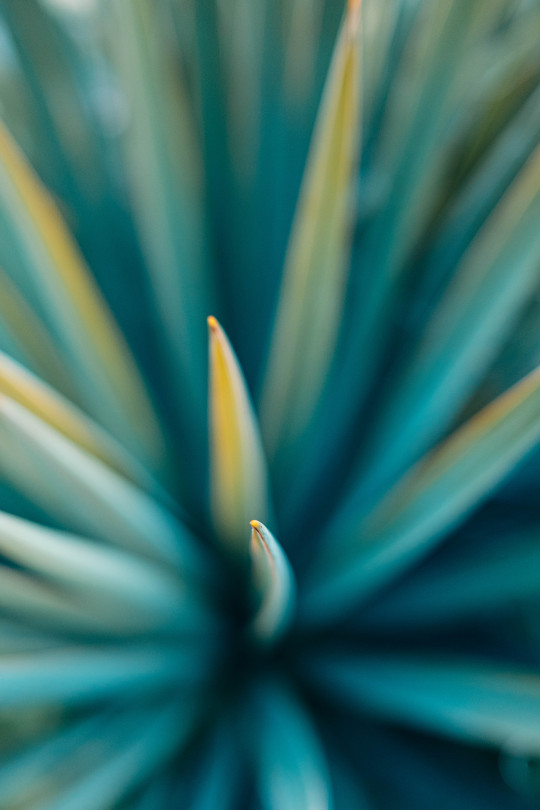

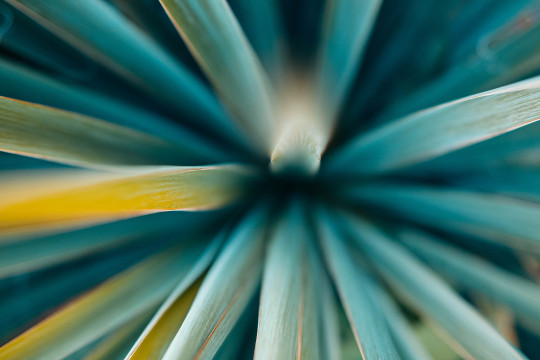

Yucca filamentosa
#yucca filamentosa#photography#photographers#deutschland#natur#beautiful#nature#photographer#fotografie#photograph#natural#palmlilie#yucca#flora#plant#plants
14 notes
·
View notes
Text


Yucca filamentosa - Adam's thread and Needle Yucca
Subversive to most Northeast-coaster's belief there are Yucca and Cacti native to our side of the country. This Yucca has a typical range along the coastal plains of Virginia to Texas with a human influenced (pre/post colonization unstudied) northern spread up as far north as long island.
This image was taken in the New Jersey Pine Barrens, quite literally in the middle of the forest off-trail away from roads, such a curious find honestly. These plants typically enjoy harsh sandy barren environments (like the southern pinelands of the coastal plains). The fact that these plants had seeds was very interesting to me, as Yucca can only be pollinated by a specialist moth species, which means it is likely that the range of this Yucca moth is wide enough to find such an isolated population.
Regardless, this Yucca has many indigenous historic relationships, Cherokee groups have reported using the seeds and leaves to stun fish. The fruit is allegedly edible on this specific species however the seeds are poisonous so they would have to be removed. I do not recommend eating them personally unless you have a better guide than my post to direct you on that.
If you see any of these outside of the southeast or a garden, take interest in the fact that the northern limit of this species is extending further each year.
#nature#new jersey#Yucca filamentosa#spanish bayonet#pine barrens#native plant profiles#southeastern north american native plants
9 notes
·
View notes
Text

Strings Attached
Richmond, Virginia (USA)
Photo from January 28, 2023.
The Common Yucca (Yucca Filamentosa) is also known as Adam's Needle, or Bear Grass. This one grows on a high bank beside a creek that I often walk to. Others grow nearby in front yards of a few houses, on sloped earth near a ditch. The Common Yucca is native to the eastern U.S., particularly to sandy, coastal areas, but has become naturalized inland.
35 notes
·
View notes
Text
shaking breathing heavy with sweaty palms doing frantic research desperate to discover a way to fit the beautiful Yucca filamentosa into one of my classic microwaveable posts
3 notes
·
View notes
Text
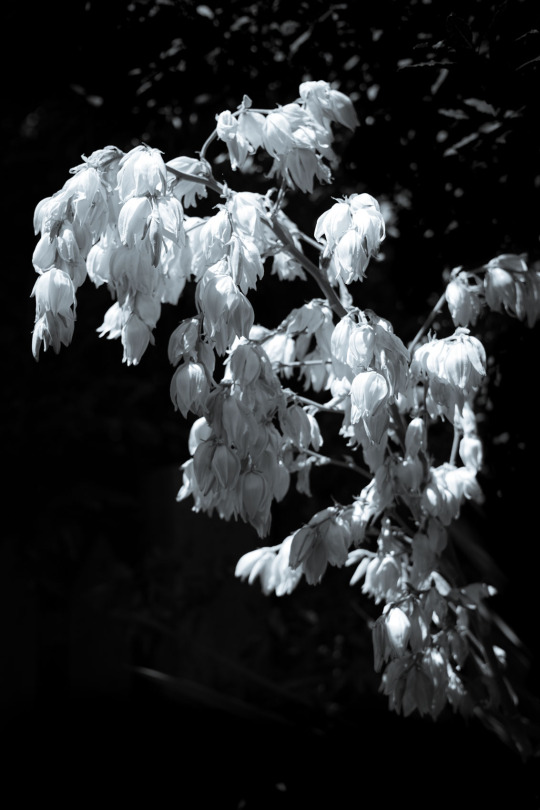
Yucca filamentosa - Adam's needle and thread
2 notes
·
View notes
Text
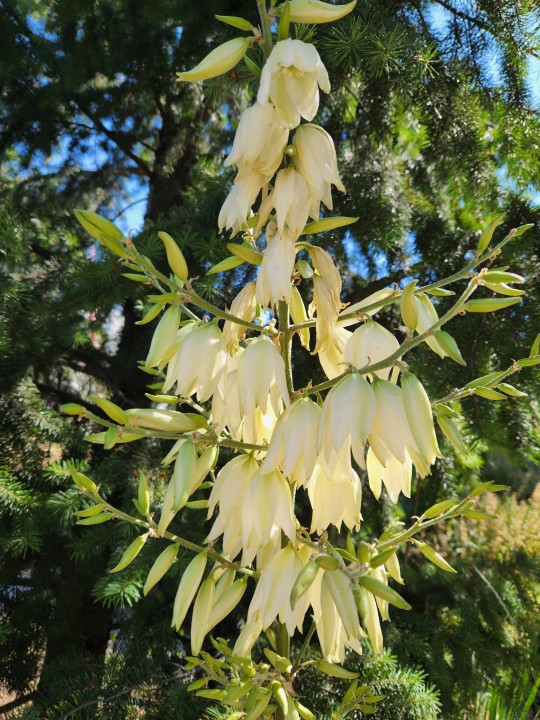
Agavaceae Yucca filamentosa
Common Yucca
Identification via Pl@ntNet
0 notes
Text
TRATADO DE:
HEPATOPATÍAS Características clínicas:
•Cáncer de hígado.
•Cirrosis hepática.
•Colangitis.
•Coledocolitiasis.
•Congestión pasiva del hígado.
•Fibrosis de hígado.
•Hepatitis viral infecciosa:
-A.
-B.
-C.
-D.
-E.
•Hepatomegalia. •Hígado alcohólico. •Hígado graso. •Ictericia. •Inflamación aguda del hígado, por indigestión alimentaria o farmacológica. •Inflamación crónica del hígado, por intoxicación alimentaria o farmacológica. •Litiasis biliar = cálculos en vesícula biliar ó colédoco. •Urticaria hepática dermatológica. •Síndrome de Gilbert.
Sintomatología hepática:
En hepatitis viral infecciosa y contagiosa del hígado, por causa de agua o comida contaminada que transmite al ser humano los factores de las virosidades infecciosas; los síntomas similares a la gripe se caracterizan por fatiga, náuseas, dolor abdominal, corporal, inapetencia y fiebre. También se presenta, color amarillento en la piel y los ojos, que se manifiesta en otras dolencias del hígado. Las hepatitis se identifican como inflamación hepática, debido a diversas causas de infecciones virales determinadas en A, B, C, D y E las cuales pueden tratarse y prevenirse con higiene personal, alimentación saludable y vacuna adecuada.
Se recomienda asistencia hospitalaria institucional pública.
Medicina Homeopatía Clínica
Tratamiento:
Medicamento homeopático:
•Arenaria rubra.
•Asarum europeum.
•Bothrops CTX.
•Carduus marianus.
•Celuloterapia.
•Chamomilla.
•Chelidonium majus.
•China cinchona.
•Cholesterinum.
•Dolichos.
•Fucus.
•Galectina-3/PK-14.
•Mercurius solubilis.
•Nux vomica.
•Phosphorus.
•Yucca filamentosa.
Fitoterapia:
•Pinillo (hojas).
•Fumaria (flores).
•Diente de león (planta).
•Oligoelementos.
La medicación homeopática adecuada, se prepara en dilución, dinamización = potenciación acorde a necesidad de cada pacientes.







0 notes
Text

... and here is the outdoor collection in the front:
In the background: Echinopsis oxygona, Trichocereus, Cleistocactus strausii and Gymnocalycium saglionis
Middle: Pachycereus marginatus, Echinopsis pachanoi, Opuntia sp. and Helianthocereus terschecki
Foreground: Assorted Aloe and Haworthia, Echinocactus grusonii and Echinopsis subdenudata ‘Domino’
In ground: Yucca filamentosa ‘Color Guard’
Above: Aloe vera and Echinopsis NOID
#cactus#succulent#prickly pear#opuntia#Echinopsis#cleistocactus#echinocactus#aloe#Haworthia#pachycereus marginatus#yucca filamentosa
70 notes
·
View notes
Photo
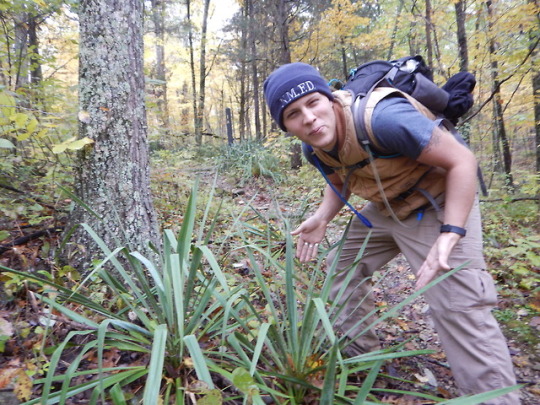
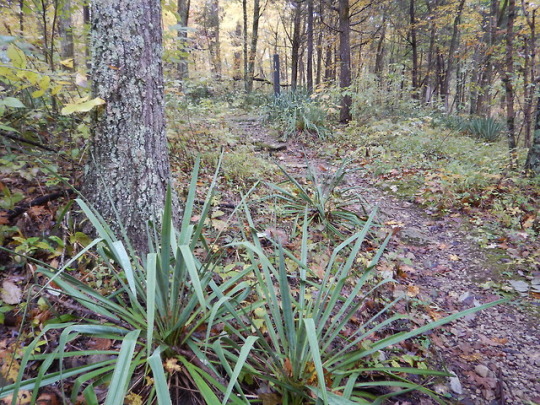

Josh and I have never seen Yucca filamentosa growing in open wet forests before and are much more used to seeing this species in dry pine forests within the sand dunes to the North. It makes sense though that Versailles State Park has them though. Versailles State Park isn’t your average forest, The entire State Park is littered with either caves or other formations. The area we found these is located in a unique tallused moraine hill side, caused by glaciers, that can be extremely beneficial for certain plant species. These hillsides can be known for unique orchid populations because of the cool vents in the summer creating a unique microclimate. The well drained soil on top is why we find these little beauties thriving in even a mesic forest.
3 notes
·
View notes
Text


fädige Palmlilie
(Yucca filamentosa) die Amerikanerin breitet sich dank des Klimawandels langsam über unseren Vorgarten aus. Im Winter ist sie zwar nicht so spektakulär wie zur Blütezeit, aber ohne Konkurrenz fast noch auffälliger.
Noch 33 Pflanzen.
0 notes
Video
youtube
Yucca Filamentosa
Adam’s needle and thread
Evergreen Shrub
family Asparagaceae
native to the southeastern United States
0 notes
Photo

•Her dem yeşil, çalı formunda bitkidir. •Yapraklarının ucu sivri ve koyu yeşil renklidir. •Kireçli ve geçirgen topraklardan hoşlanır. •Kumlu ve hava kapasitesi iyi olan topraklarda da sağlıklı bir şekilde gelişebilir. •Beyaz çiçekleri yaz başında açar ve sonbahar aylarına kadar çiçeklidir. 99 TL’den başlayan fiyatlarla #yucca #filamentosa #avizeçiçeği #çiçeklibitkiler (fidanistanbul.com) https://www.instagram.com/p/CUWuMCoji20/?utm_medium=tumblr
0 notes
Text
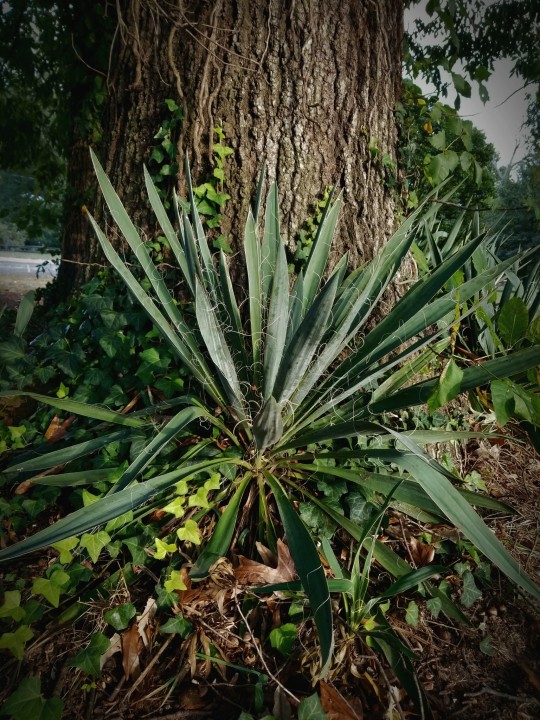
Yucca Filamentosa
Richmond, Virginia (USA)
Photo from October 17, 2021.
I had seen plants like this on my walks and wondered what they were. It turns out that these are Common Yucca plants, cousins to Agave and Aloe Vera plants. They're native to the sandy dunes in the eastern part of Virginia, but have become naturalized in other parts of the state (perhaps from planting as settlers moved west). They need lots of sunlight, dry ground, and are drought-tolerant.
Thomas Jefferson referred to this plant as Bear-grass, and it had useful purposes. Its sharp leaves made it useful for planting under windows to deter intruders. It was also used used to make soap and thread. (The presence of this plant in a wooded area may indicate the location of a former homestead.) The Yucca in this photo was one of several that I saw growing all around the base of a large tree in a park. Some grow near streams, perhaps on soil that sits above a rocky layer.
31 notes
·
View notes
